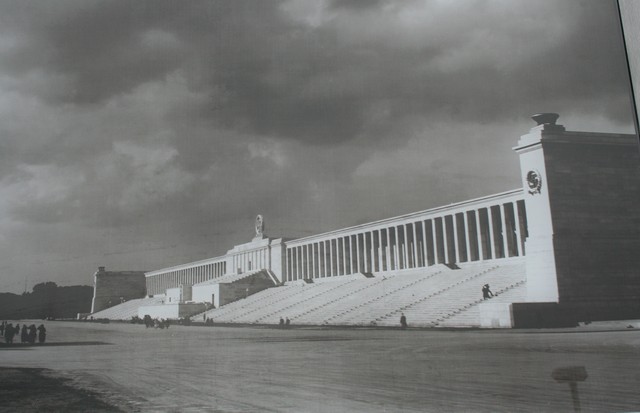The city of Nuremberg was a major site for the Nazi party during the Second World War, as it was the site of their most major rallies. Today, the Zeppelinfeld grandstand is falling to pieces faster than the amphitheaters of ancient Rome. The site was thought up by Albert Speer, Hitler’s choice architectural designer, but was planned using materials unsuitable for the area. Now, Nuremberg stands to lose tourism if one of their most famous sites becomes uninhabitable, which is starting to look like a plausibility.
Zeppelinfeld is literally one of the most popular sites for foreign visitors every year. When considering the surface area of the locale measures around one and a half million square feet, it seems fascinating that the site was ever filled. Nuremberg and its economy are somewhat reliant on maintaining a steady influx of tourists, which they are likely to lose if they have to close down the site. They have already had to close down certain parts of it, deeming them unsafe.
Beneath the grandstand sits the Hall of Gold, with a lustrous appearance true to its name. A rich hallway with high ceilings and an air of grandeur, it was never actually utilized by Adolf Hitler to any sort of purpose. There is a similarly unused structure in Nuremberg referred to as the Documentation Center, which was never actually finished. Massive in stature, the building was only ever planned for a once-annual use. Now, the city has to pay to keep these wasteful structures refurbished for viewing.
Not all of the city is built upon the foundation of wasteful and decrepit Nazi structures. The city is also incredibly famous for the post-war trails which took place there over the course of four years. The site of the Nuremberg trials is now a museum, where visitors can peruse the site at which many Nazi war criminals were processed and sentenced to hanging, the DW reports.
While Nuremberg may be important for its rallies, which contributed to widespread hatred and racism, this last site is important as it shows a wholly different side to what took place there. After the war, the trials inspired similar ordeals across the world. Similar trials later took place in oppressed locations such as Rwanda, and may easily have been inspired by the post-war trials which had taken place at Nuremberg. This provides an excellent reason for the renovation of other sites which are more horrific from a historical standpoint. The trials themselves are significantly more impactful for visitors who are able to catch a glimpse of the full story.
